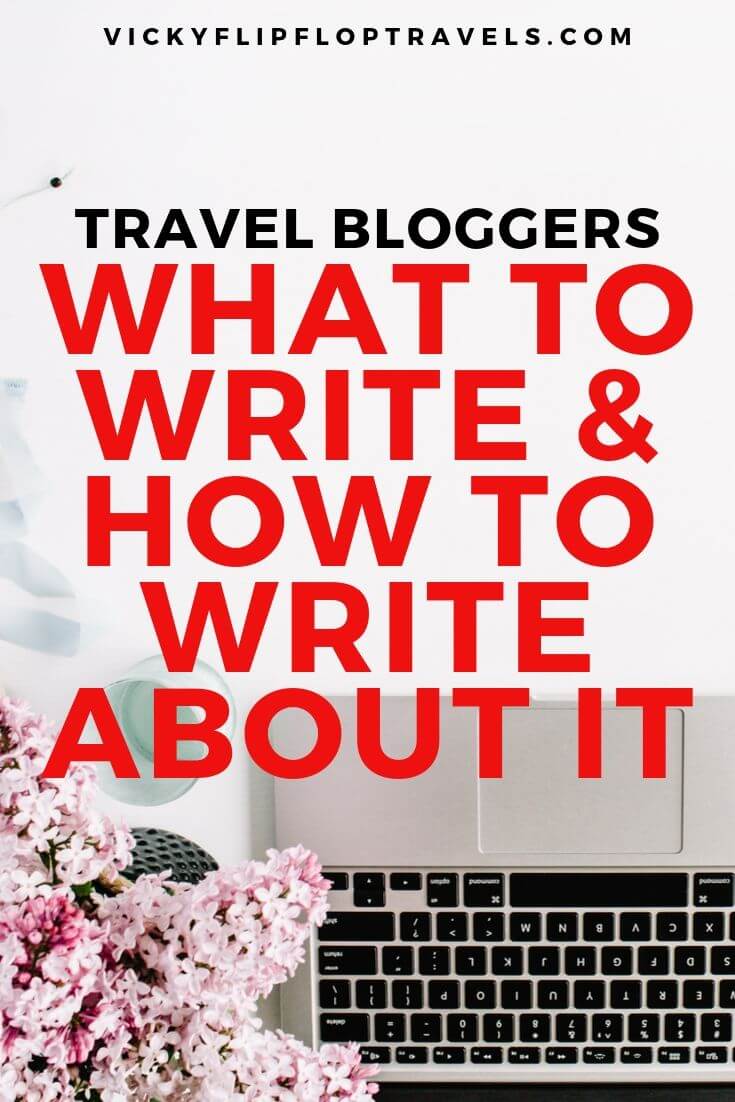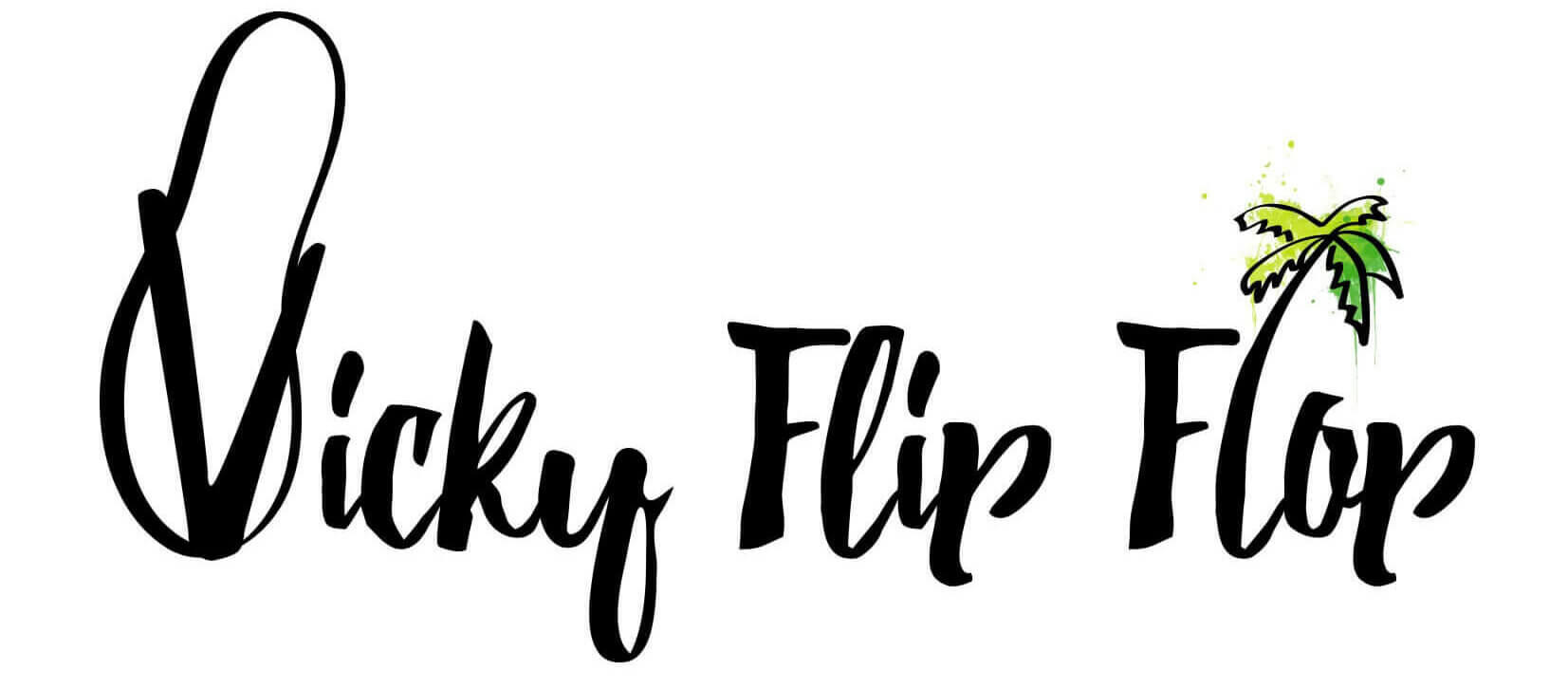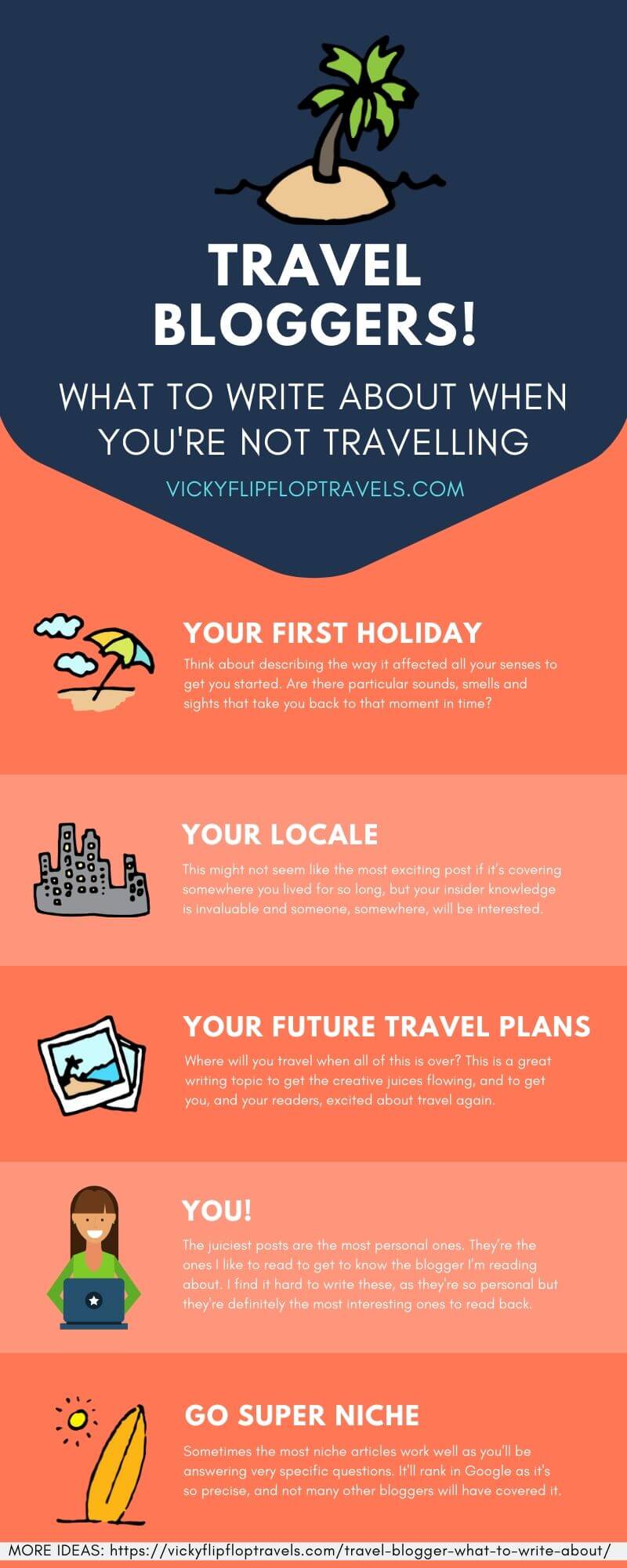Travel Bloggers: What to Write and How to Write a Travel Blog in 2025 (50+ Tips)
“I want to start a travel blog, what do you think I should write about?”
True story.
I was a few drinks down at a London Travel Massive event and a lady unknown to me had just targeted me with the above. In fact, interrupting the conversation I was having midflow. Usually full of advice and happy to dish it out this question had me stumped, as much as her demeanour.
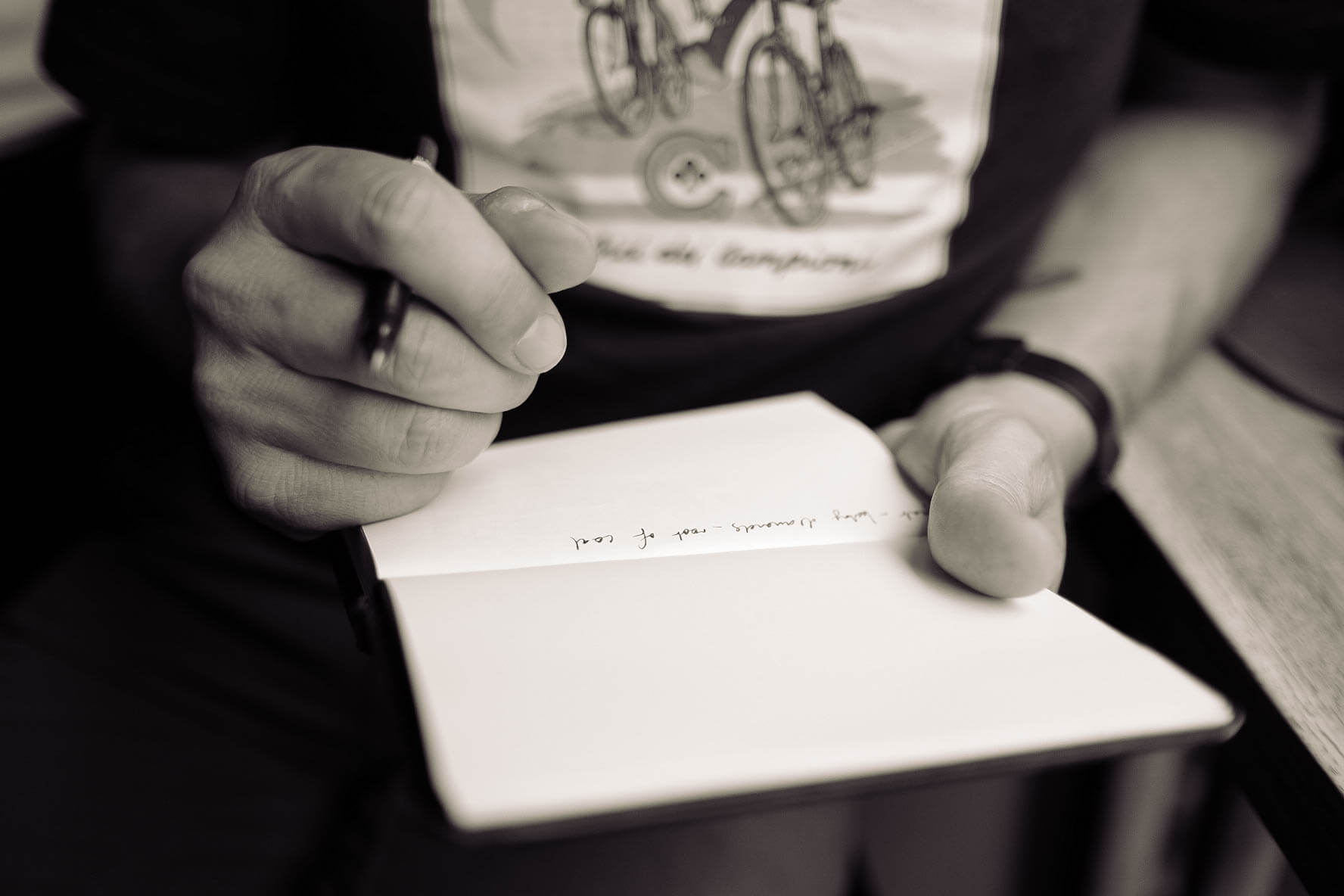
There’s no sugar coating it: I really think you should have at least a few ideas of what you want to write about before you start even thinking about setting up a travel blog. If not a few fully written posts so you have some material to play around with when it comes to style and design.
Since then I’ve often been asked how to write a travel blog, and think back to this night.
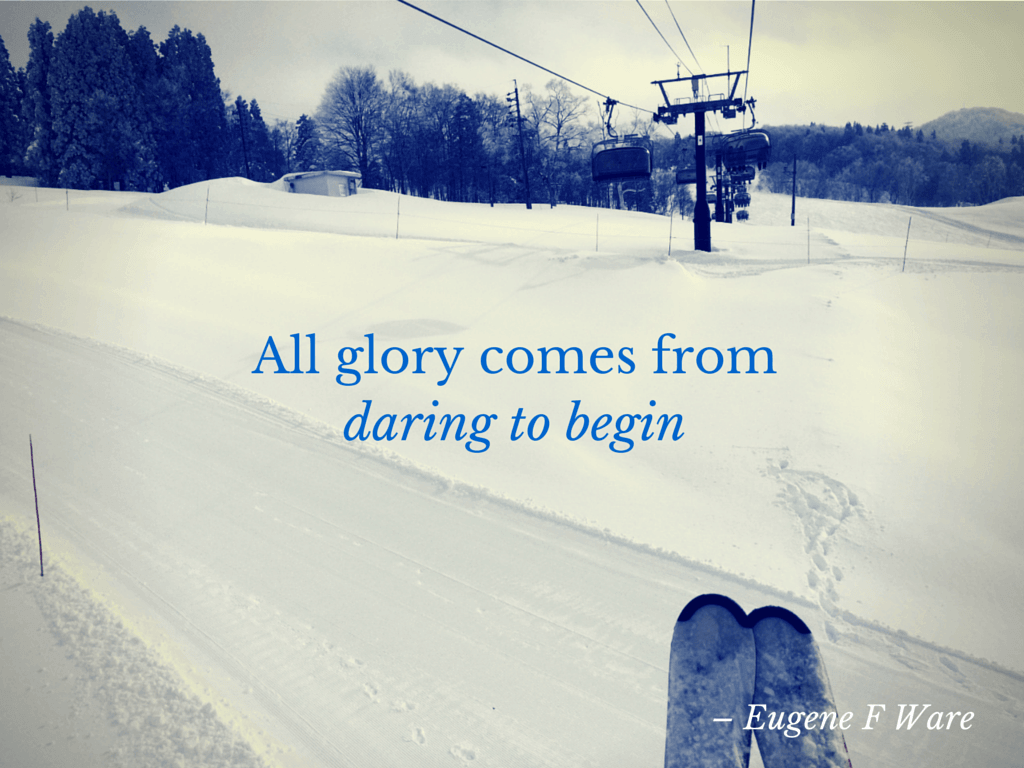
Talking about the interaction with a close fellow travel blogger the next day we established that both of us had lists of at least tens of articles we wanted to write, but seeing as we both worked full time at that point, never had the time to see them through.
You can’t win.
If you’re in ‘clueless Cathy’s’ camp above, and are stuck for what to write about on your travel blog, what you need is some travel blogging inspiration.
Take a look a the ideas below on what to write in a travel blog and think about which idea appeals to you most. Then, just get started!
This is a pretty long post so if you’re all good for inspiration but need some advice on how to write travel blogs, click to go to the second half.
What to write in a travel blog: 10 ideas
If you’re trying to work out what to write in a travel blog, here are 10 ideas for you. When it comes to travel blog writing you might just need a few ideas to start you off, and then the creative juices will start to flow and travel blog ideas will be flowing out of you.
Use two or three of these to get you started writing your travel blog.
If you want to see a travel blog example, take a look around my blog, obviously – and also check out this list of the top 50 travel bloggers in the UK. If that doesn’t give you inspiration, I don’t know what will!
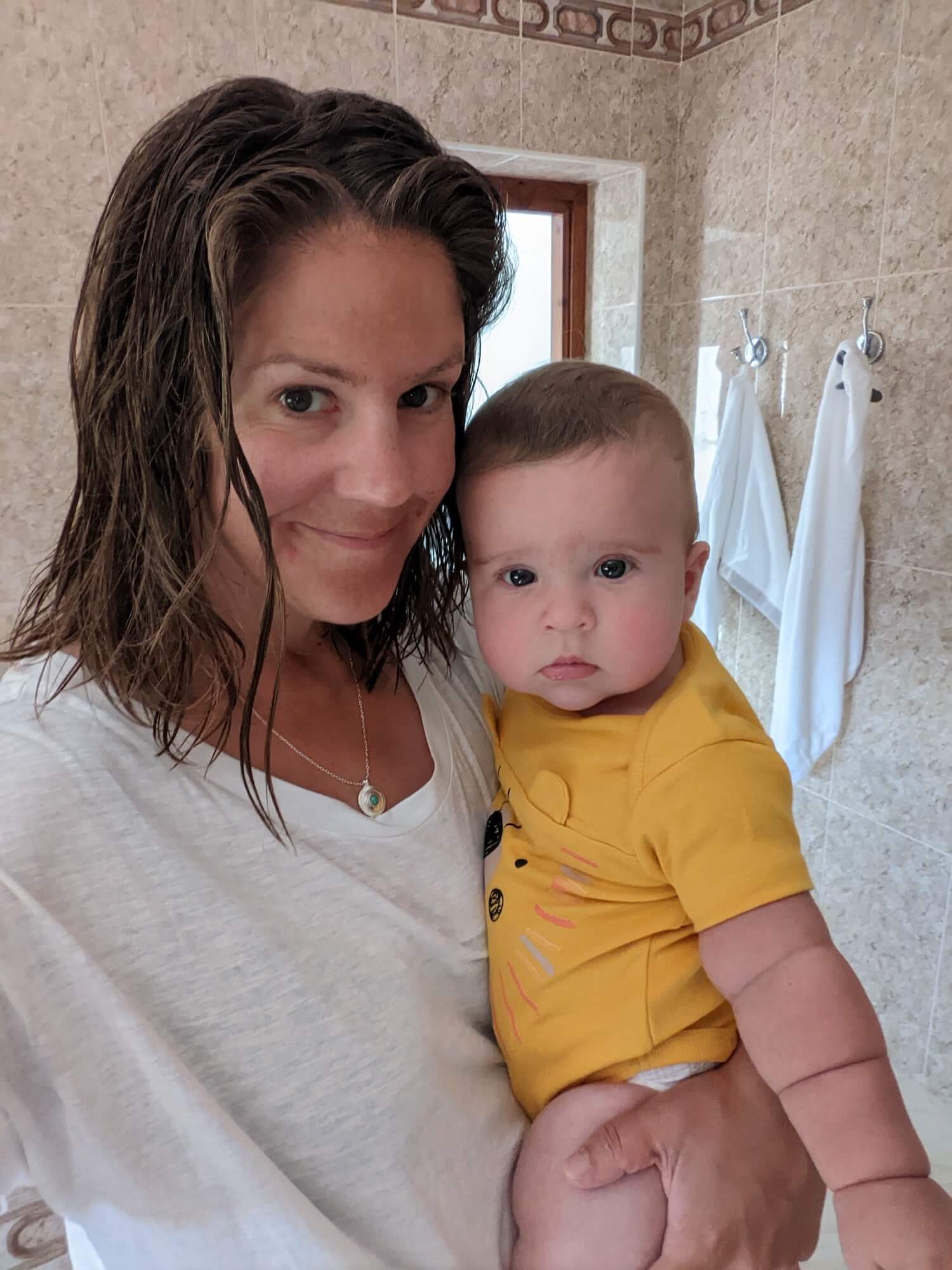
1. Write about your first holiday
This is a good way to get started in blogging about travel. Tell your readers about your memories of your first holiday – I did this when I found some Euro Disney memorabilia when I was cleaning out my room. It was my first holiday abroad and I’d kept the sugar sachets from Disney for almost 20 years! Think about describing the way it affected all your senses to get you started. Are there particular sounds, smells and sights that take you back to that moment in time?
Take my advice, first printed in Wanderlust Magazine in Could You Write a Travel Blog?
“Before you decide on a name, platform or topic, take a deep breath and close your eyes,” says travel blogger Victoria Philpott. Vicky, who blogs alongside her day job, suggests wannabe bloggers start by conjuring up their happiest travel memory and letting the story flow.”
2. Write about your locale

London is the number one travel destination in the world, if you live there you’ve got enough content to see you through for years. Find unique events, have a unique view and there you have your next article. And that’s just an example of my blogging gone wrong – I lived there for years, got to know a few neighbourhoods really well, but did I write about them? No. They’re straight on the never ending to do list.
I spent my first 18 years in a village in the Midlands called Barton-under-Needwood (pop. 5000). A quick Google search shows me that no one has written any sort of guide to things to do there. There’s a unique opportunity, especially as there are new developments in the area. This might not seem like the most exciting post if it’s covering somewhere you lived for so long but your insider knowledge is invaluable and someone, somewhere, will be interested.
You never know when world interest in any place could start to peak and you’d be all set up to be the go to person on that area.
Writing in a travel bullet journal is a great way to get started.
Your first travel blog post
Travel blog writing doesn’t have to be about exotic, faraway places, it can easily be your own neighbourhood. In fact, I find that a lot of travel bloggers who’ve been doing it as long as I have, have come back to England and decided to concentrate on writing their travel blogs about here, as it suddenly becomes so much more appealing.
Follow me on Instagram @VickyFlipFlop
3. Where shall I go on holiday next year?
Don’t answer me by saying, answer by writing in blogging about travel. Create a blog post with all the reasons you have to advise why I should go to a certain place on holiday. Another aspect of travel blogging is persuasive writing.
There are a few destinations I’ve been to that I’ve really, really loved and I want my readers to see them too. In writing about New York, Vietnam, Porto and now Tokyo I want to persuade my readers that they should go too.
If they like my blog I know they’ll like them, and a happy reader will come back for more.
4. Write about you
The juiciest posts are the most personal ones. They’re the ones I like to read to get to know the blogger I’m reading about. I admire people who can be so honestly open about life, people like Toni over handling mental, health and family issues while travelling and Planet D about how their travel blog saved their marriage.
Travel blog examples like these help you to see there are real person at the end of these blog posts – real people with real problems.
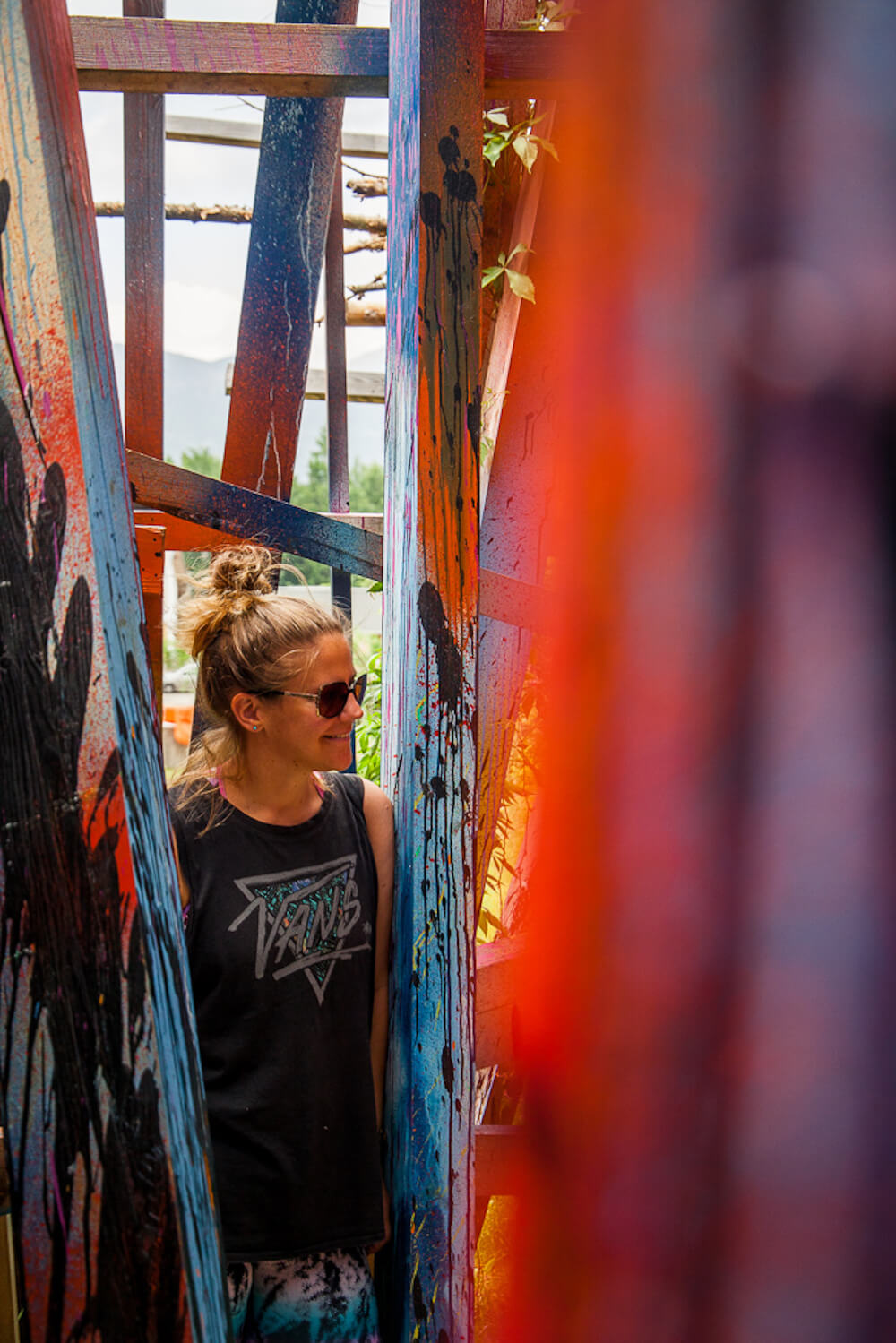
I find it very difficult to write posts like this. In fact there are only two on my blog: one about why I was going travelling when my boyfriend dumped me and a dedication to my nan when she died, which I can’t read without crying.
If you’re suffering from blogger’s block – bit like writer’s block – then this is the post for you.
- READ MORE: Positive Affirmations for Writers
5. Your thoughts on a destination
I really like writing about my impressions of a country once I’m back and have processed my thoughts, feelings and photos.
Posts like What Vietnam was Like For Me and What is Cuba Really Like? Busting the Tourist Myth may not be as instantly appealable as a quickie list post on the destination but writing them makes me happy.
I like to read back over them to remind me of how I felt when I was there as you can really use your experience and creativity in posts like this.
6. Lists
Lists are popular for a reason – they’re easy to read and quick to do. Whole websites have been created to just feature lists although they’re usually pretty flakey.
Outlandish titles like 11 Awesome Ways to Sneak Alcohol into Festivals will usually generate a few more views too – if audience figures are one of your travel blogging goals that is. Look at other bloggers’ travel blog examples for inspiration.
When I’m in a destination I’ll look for the best things to do there and it’ll be a list I’m after, not some think piece I mention above. So give your audience what they want and write a well-researched useful to do list.
7. What’s popular?
Some of the most popular topics on my blog are Vietnam and Glastonbury. I rank well for these in Google and I can see from my analytics that my readers keep coming back for more. Once you know that you have a popular topic or post on your blog it makes sense to keep creating more valuable content around it.
Someone once said to me (travel blogger Dan from DanFlyingSolo): “Go the extra mile, it’s less crowded there”. Meaning, put the effort in, more than anyone else, and you will be rewarded. Or something along those lines anyway.
You can link from your already popular posts and know that your readers will enjoy it. Take a look at the keywords they come in on on Google Analytics for inspiration on how to write more.
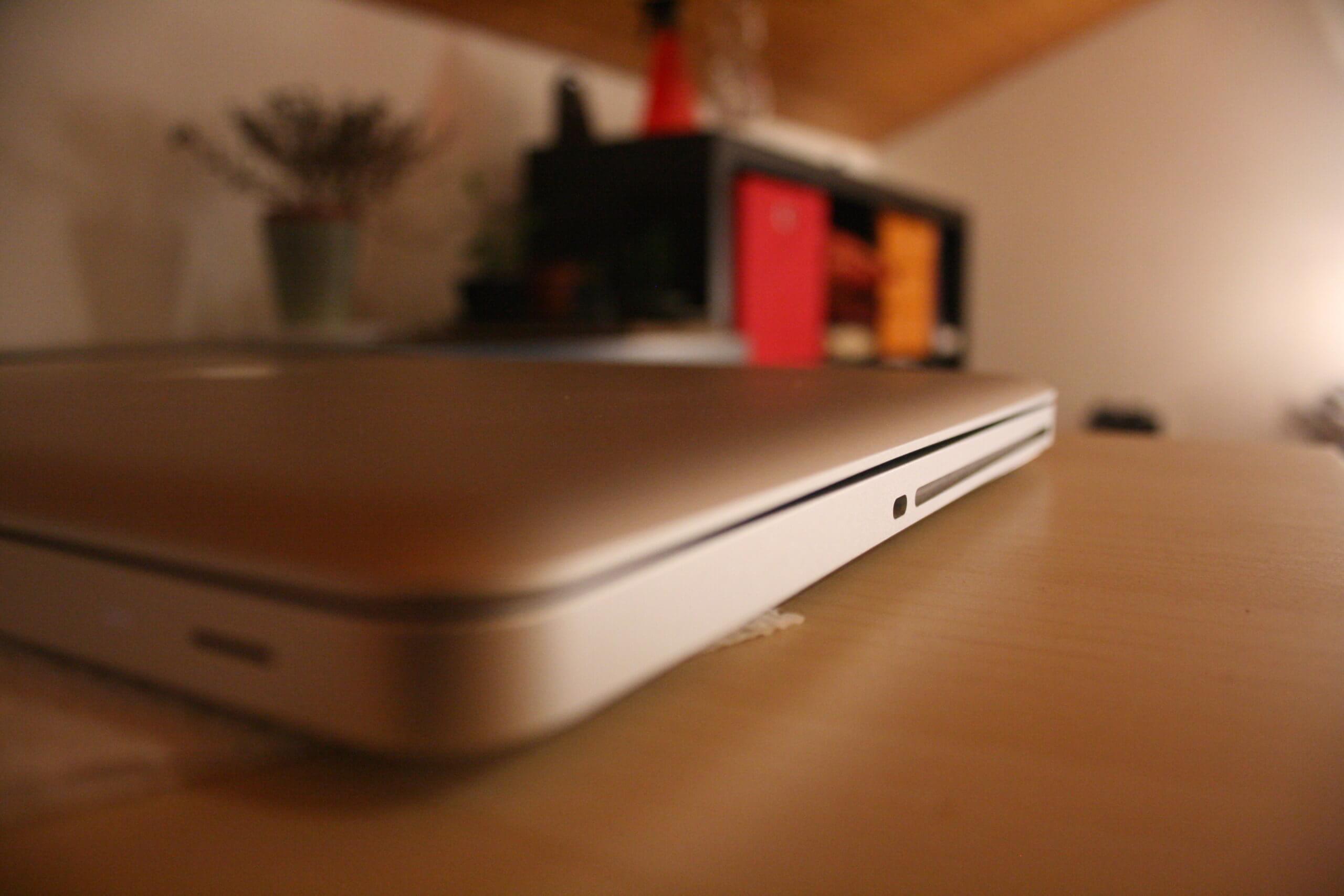
8. What do you want to read?
When you’re looking for information on a destination make sure to note the questions you have and the answers you can’t find – then you know the gaps to fill when it comes to you writing up your trip.
From my research and subsequent article on The Best Things to Do in Vietnam According to Travel Bloggers I found that no one had really done a guide to travelling around Vietnam, it was just all advice on particular aspects.
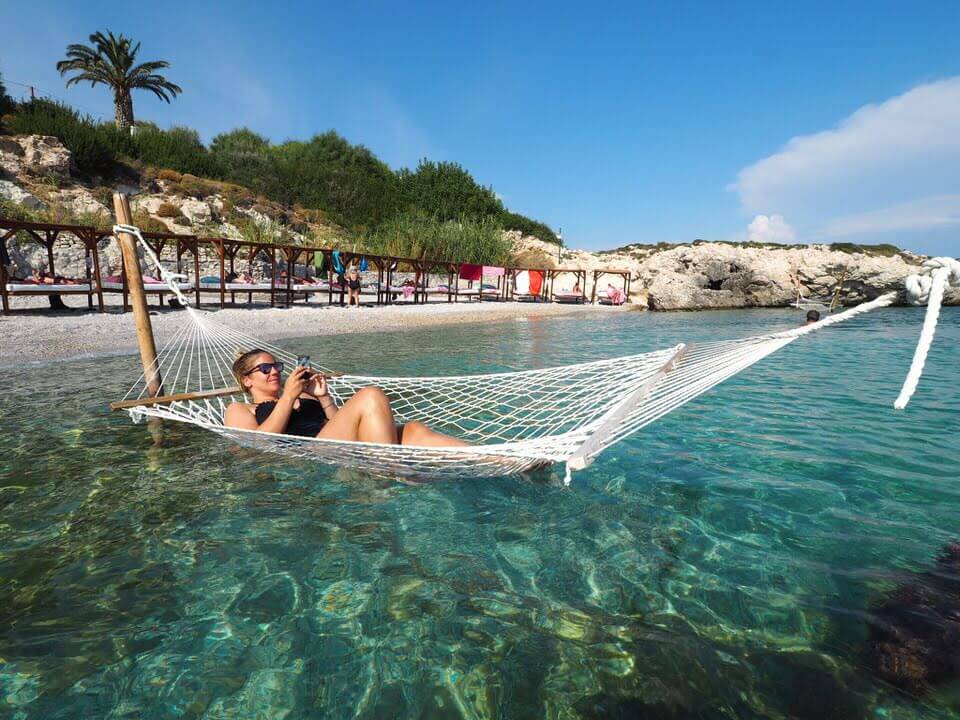
It took me ages to plan that trip so I wrote up all my findings and now my Two Weeks in Vietnam Itinerary is the second most popular post on my blog. More importantly, it’s inspired loads of people to explore Vietnam by themselves, rather than book on expensive tours.
I’ll pat myself on the back there.
9. Go niche
Sometimes the nichest of niche things work well when you’re blogging about travel, as you’ll be answering very specific questions.
Another of the most popular articles on my blog is my guide to Qatar airport. Not something an average reader would be interested in but because it’s so specific and not many people have written about it, it does well in Google search and again, I’ve helped people decide on what to do in Qatar.
Insider, actual tried and tested travel knowledge, is what makes a travel blogger stand out over the average travel company.
10. Interviews
Interviews are a great way to get started if you need some inspiration. Don’t just look to other travel bloggers though – unless you’ve got an exclusive or they’ve got a really interesting story there are already so many about.
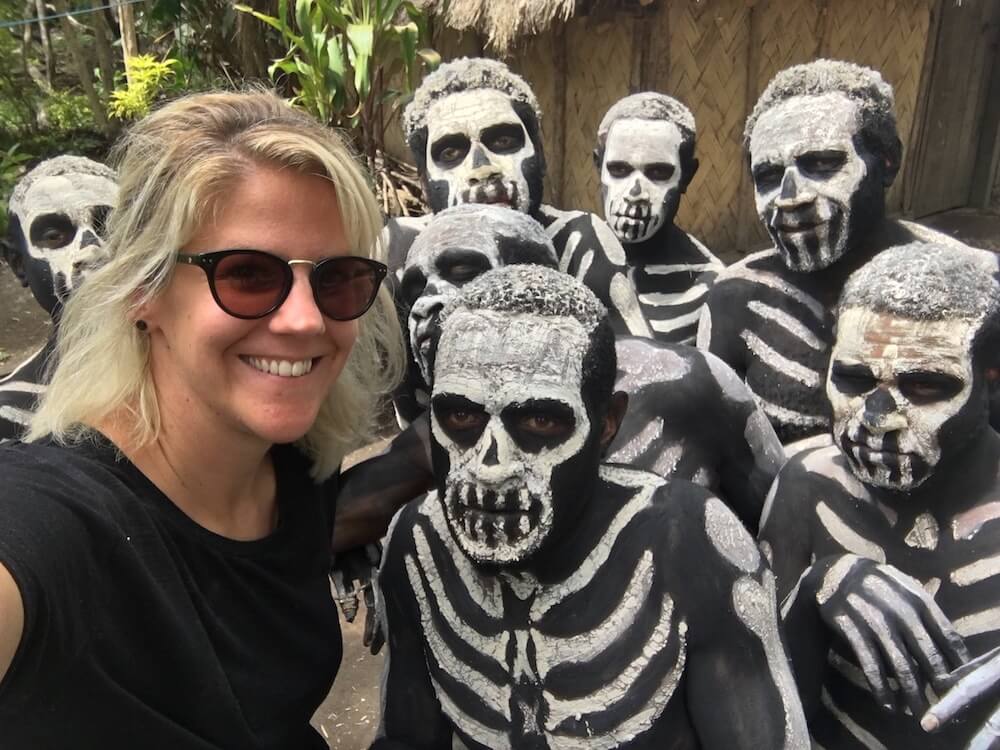
Instead, interview people from your travels and write a profile of them rather than just a Q and A. This will help you to get more of you in there as well as them. It also means it’s not just an email exchange but a well thought out background piece.
How to write a travel blog without travelling
Learning how to write travel blogs isn’t easy, and it may take a while for you to find your style. Stick with it, it’s fun!
As you’ll have just read in those examples, you don’t actually have to be travelling to write a travel blog. Interviews, lists, you, they all work if you don’t have the time and money to be constantly on the road.
Look on the bright side – you have the opportunity to spend the time over your writing instead of rushing between destinations. If it was me, I’d pick a destination or theme, and stick steadfastly to that.
If you’re good at budgeting, you can help people plan their budget for their next trip, for example. Topics about finding cheap flights or hotels are in high demand. You can do some research and cover these types of helpful topics on your travel blog.
Having a tight niche is another way to really stand out over the many, many other travel bloggers.
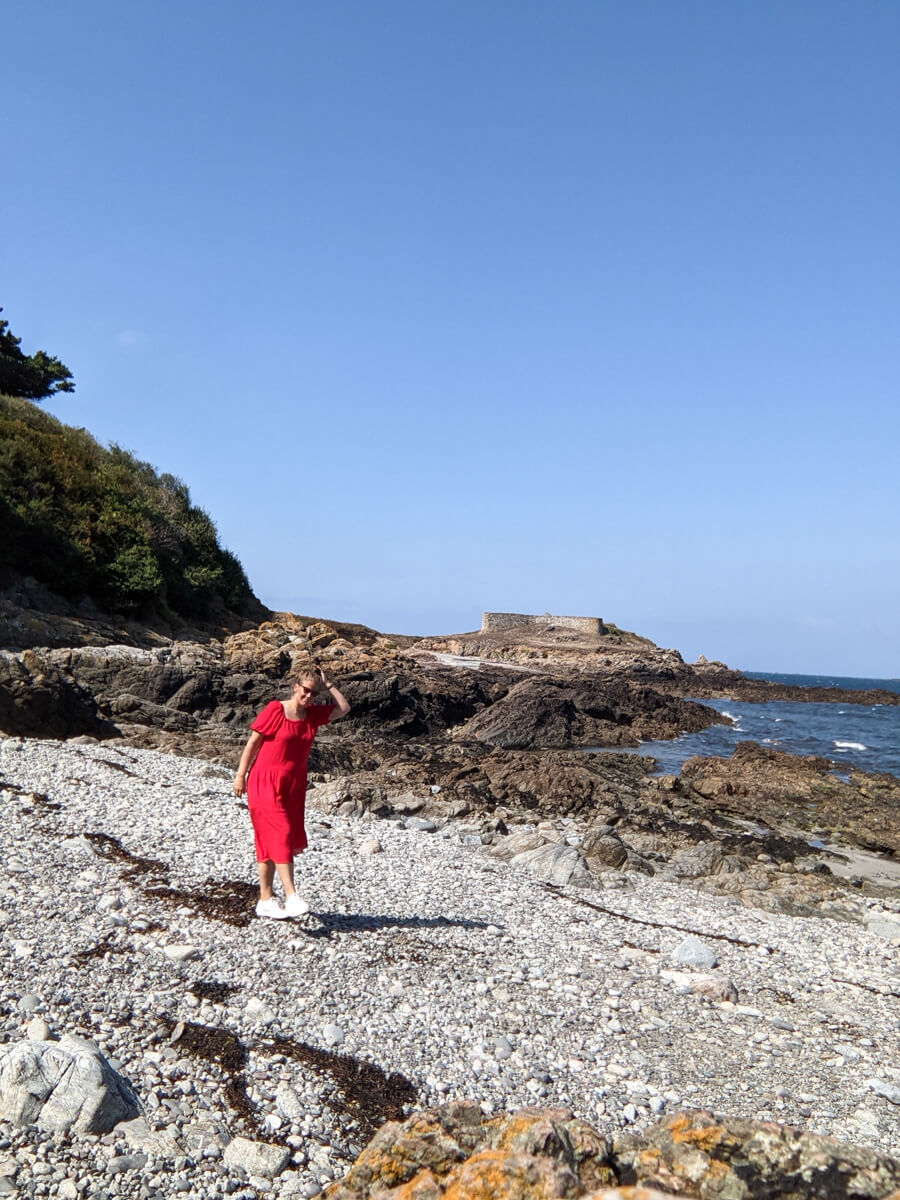
How to write a travel blog
Travel blogs examples to inspire your travel blog writing.
Once you have a few posts done and your fingertips are finding their way round that keyboard with rhythm start to think about the kind of writer you want to be. Think about how you want your travel blogging voice to develop, how you want readers to feel when they’re on your blog and what kind of topics you want to cover.
This is how you’ll start to gain a distinctive voice in the world of travel blogging – something that can be very difficult to do.
Travel blog examples
Here are a few travel bloggers, with travel blog writing examples, who really stand out to me for having been able to do this. When you’re writing for travel blogs, you can really make it your own, like these guys…
Becki Enright

Becki from bordersofadventure.com writes serious travel blog about sides of countries your average traveller wouldn’t get to see.
She’s even been on Sky News discussing tourism in North Korea and regularly produces the kind of political posts you won’t see on any other blog.
- Inside the ‘Den of Espionage’ – Getting Inside the former US Embassy in Tehran
- Visiting the West Bank in Palestine – Understanding the Conflict from Both Jewish and Arab Perspectives in Hebron
Brenna Holeman

Brenna from thisbatteredsuitcase.com creates beautifully written heartfelt stories about her life on the road.
She’s so open and powerful I enjoy reading her posts and know I can go to her site to be transported into her world.
Check out her travel blog for some major writing inspiration.
How to write a unique travel blog
These travel blogger examples are very different to what I aim to do on my blog. There may be some crossover in topics but the four of us have very different writing styles and I bet you could spot it if we wrote for each other.
When you’re writing a travel blog you should sound like you, be passionate about the things you’re passionate about, and relay in your own style. In that way you’ll stand out above what is now a very crowded and saturated market place.
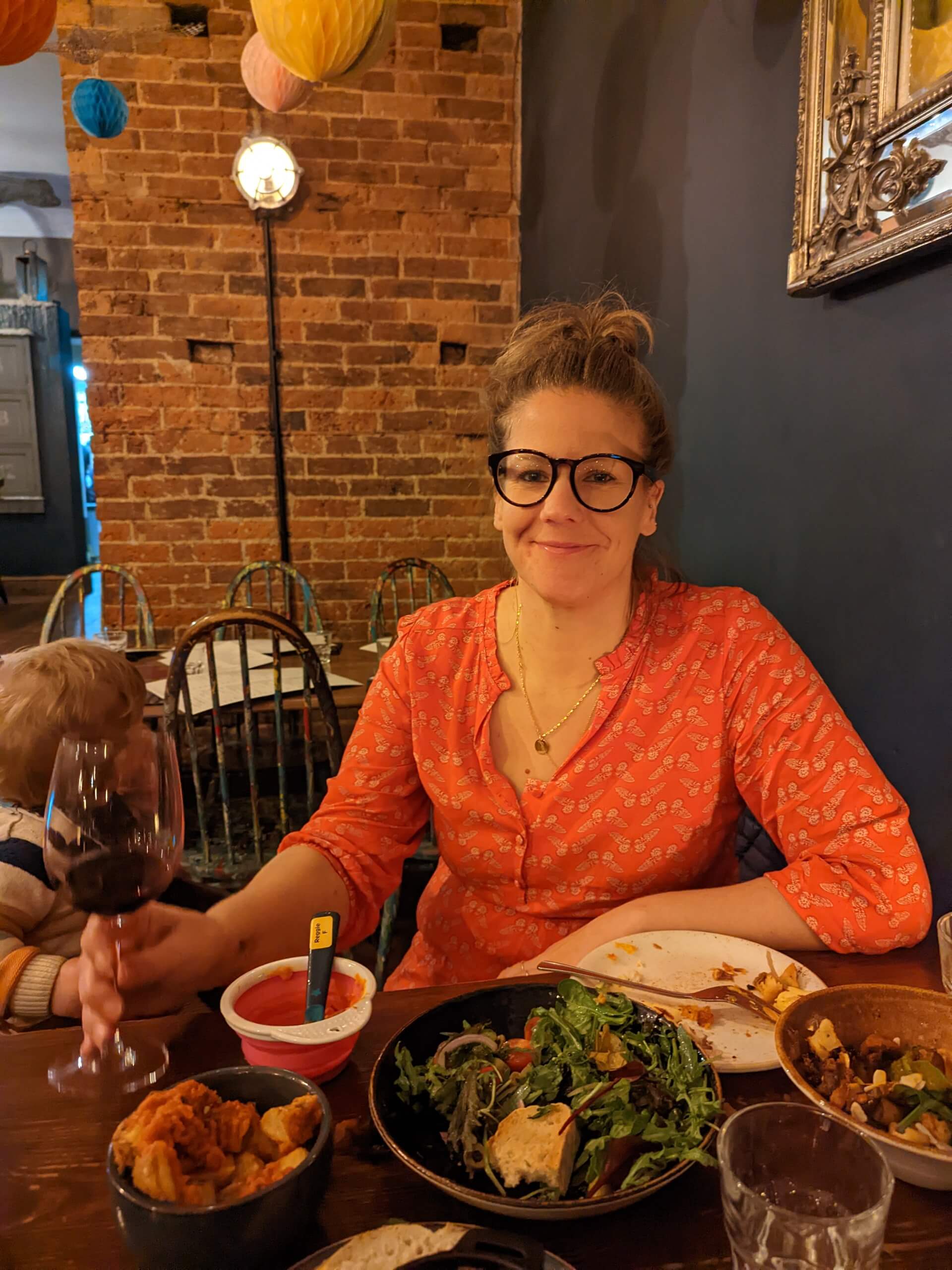
Writing my travel blog
As well as inspiring people to travel, like these guys, I also want to give practical advice on how to do it. My blog has advice on transport, money, where to stay, trip planning, itineraries and packing lists to make travelling as accessible as possible to my readers.
The best compliment people can give me about my blog is that it inspired them to travel, entertained them and made them laugh.
You don’t have to define and limit yourself straight off though when you’re writing for travel blogs. My advice would be to let your style, tone and topics instinctively evolve over time and with every post you write. You’ll soon come to find your natural writing flow and hopefully be distinctive too.
Always be yourself
That’s the number one rule about putting any creativity in the public space. This is scary. I used to worry about people reading my stuff and sometimes I look back at my past work and wonder what I was on. But, I did what was right at the time. If you start worrying what advertisers / other bloggers / your mum, thinks then you’ll lose what’s interesting about you in the first place.
I also think that when you start writing a travel blog it can be hard to portray who you really are. You may be so used to writing for school or work that writing with a blog style and flair doesn’t come easily. This can also be improved with practice. The more you read travel blogs, and write your travel blog, the more you can work on your travel blogging voice.
How often should I blog?
Whenever you have something to say is always the best answer. Under promise and over deliver is my motto – even if it’s between me, myself and I.
The more you write the easier and better it will become. Worryingly I’ve seen a few resolution lists for this year where bloggers have said they want to ‘up their blogging output’, but I just think this is a dangerous goal. Set your aims too high and then travel blogging just becomes another pressure to live by, and for most people pressure is a fun killer, which ruins the whole point of travel blogging.
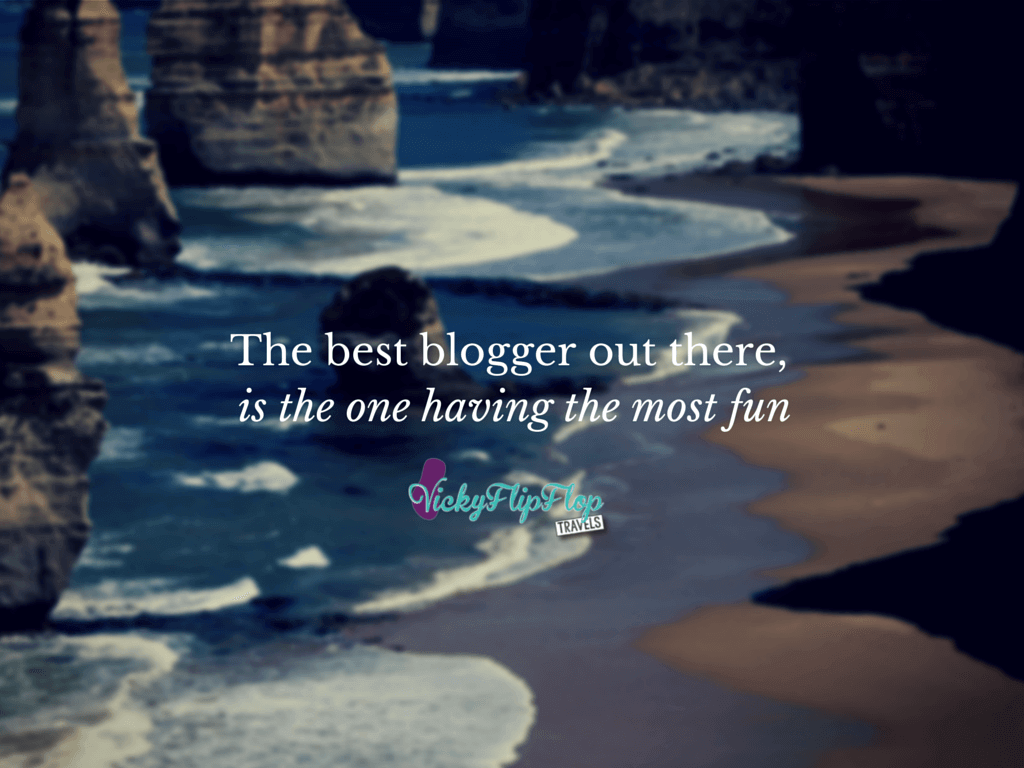
My writing style
I tend to write everything I want to and then fit it together. I just keep going until it’s all out and then go back and edit. Often I’ll write it on my phone when the inspiration hits then just use my laptop to edit as when I sit at my laptop I get to distracted.
I like to write into Google Sheets and then I’ll upload to WordPress and edit. It takes me AGES to write a blog post now. With all the research, writing, picture research, look at SEO and formatting, it’s at least a day.
Ideal length of a travel blog post
I like to write over 2000 words per article when I’m blogging about travel. Not all posts on my travel blog will be that long, but that’s the goal. In reading other travel blogs I think it’s hard to get your points and personality across in any less.
How to write a travel blog post
Learning how to write a good travel blog can be quite formulaic in the way it’s set out. Of course the creativity comes when you decide which words to choose. Think about these ‘rules’ when it comes to writing your travel blog.
- Decide on a cool idea that you’re passionate to spend time writing.
- Write it, thinking in sections though. The best travel blog posts are divided by headers to make it easier for the reader.
- Think of a good headline that will draw the reader in and make them want to read more.
- Think in 500-1000 words. I know I said I do 2000, but I think that can be quite overwhelming if you’re still learning how to write travel blogs.
- If your idea is too big, then break it down into easier sections and write a few blog posts instead. You can always craft them back together again when you’ve finished, like my backpackers guide to Vietnam.
- Use photos to bring the post to life. If you know how to use Photoshop or Lightroom them brighten and edit for the best result. If not, don’t worry about it.
- Make sure you have a few H1s and H2s in there to help us readers, read the post.
- Proof read.
- Publish.
- Share! Social media is really important for travel bloggers. It might feel scary at first, to share your travel blog. I mean, I kept mine secret for at least a year. But the sooner you share the sooner you’ll get readers. And at the start your friends will help you to get word out there. Then they’ll get jealous of you travelling, but that’s future yous problem.
Once you’ve learned how to write a travel blog, you can really start to have fun with it, and learn to express yourself through your love of travel.
Travel blogging writing tips
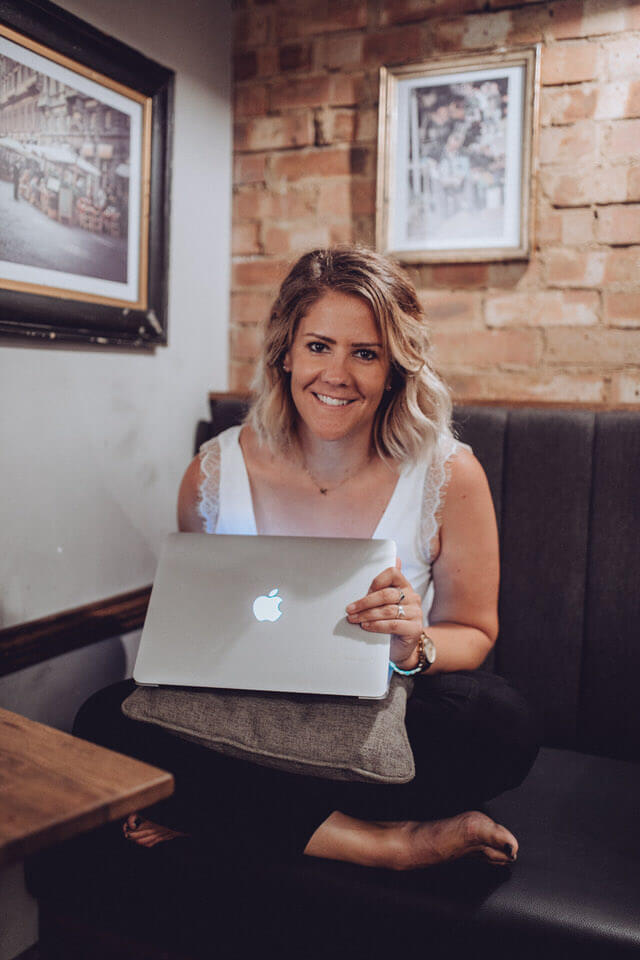
- Write whenever the feeling hits you – even if that’s in the ‘notes’ section of your phone.
- Keep practising – you don’t have to publish everything you write.
- Read other travel blogs analytically as well as for fun.
- Don’t put too much pressure on yourself.
- Write about what you want.
- Use Pinterest to see what’s popular and for inspirational titles
- Keep a spreadsheet, or similar, of all the titles you want to write. Use when necessary.
- Keep a folder in your bookmarks of articles that have inspired you.
- Offer to write for others to create your own incentives.
On that last point I remember way back when and I pitched to Flight Centre. I got a commission for three articles. At the time it was this financial incentive and the idea that they thought I’d be able to do it that got me going. I was so proud to see my work up on their blog and it just inspired me to write more.
Once you feel confident enough, start to pitch to other websites and blogs and see if they’ll accept your ideas.

More travel blog examples
If you’re looking for an example of a travel blog post, then check out a few of these, from me…
Travel blog example 1: ‘Things to Do’ listicle
Fun things to do in a destination. There’s a bit of snobbery around listicles in travel blogging, but personally I think they’re a really important and useful example of a travel blog.
You need to do them carefully though, and with heart and experience. If you want to write about traveling, listicle posts can be a good way to get started.
Check out my guide to fun things to do in Hobe Sound, or the best things to do in Levi, Finland. My guide to the best things to do in Lake Maggiore is pretty good too.
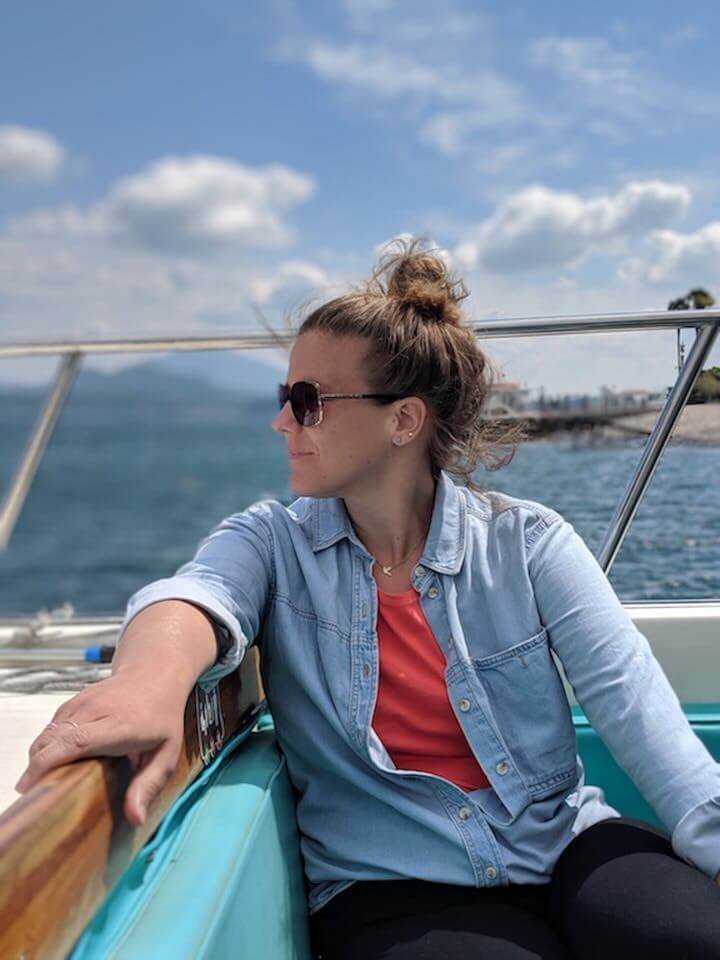
Travel blog example 2: a trip itinerary
Trip itineraries are so important, and often the backbone of any good travel blog. A tried and tested step by step trip itinerary is worth so much for people trying to plan a trip to the destinations you’re writing about.
Check out my two week itinerary for the Philippines, or my Norfolk road trip to get an idea of how to set these travel blog trip itineraries out.
Travel blog example 3: a real insight
Only you can experience a destination in the way you do – that’s why the real insights into destinations are one of the ways you can stand out from the travel blogging crowd. If you feel like you’ve had a really unique experience, or want to share exactly what you thought of a place, then these honest insights can make for a great travel blog.
Check out ‘What is Cuba Really Like‘, and ‘What is Vietnam Like‘ to see what I mean.

Travel blog example 4: personal stories
Ooo you can’t beat a personal story on a travel blog. The trouble is, you either need to really enjoy writing it, or not care if people read it or not. These personal stories are very hard to rank in Google, but they’re good to help your readers get to know you.
Travel blog example 5: helpful guides
My helpful guides to what you can for for 9 hours in Qatar on a layover, how to avoid festival toilets and how to manage the overnight trains in Vietnam are some of the most popular posts on my travel blog.
If you’ve had a unique experience that will help other people who may go through the same then write about it!
Fill it with useful advice, personal anecdotes and interesting titbits to keep your readers intrigued, and Google showing it to them.
If you’re blogging about travel there’s no end to what you can write about!
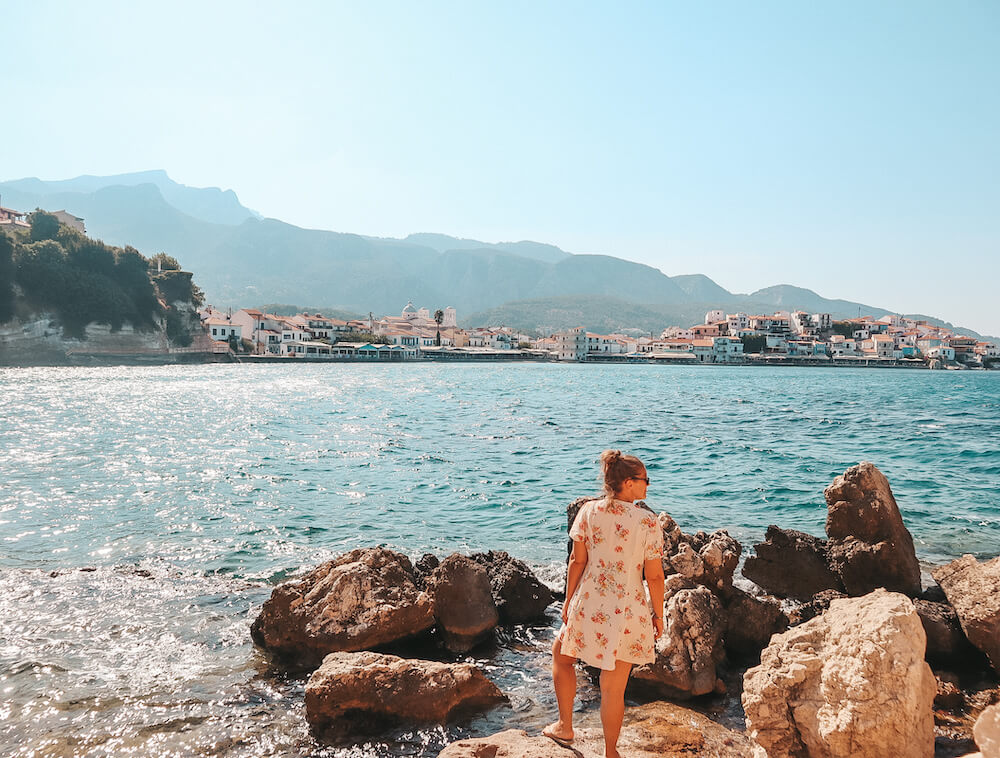
Writing a travel blog
What you write about on your travel blog goes back to what you think a successful travel blog is. If you’re after views something like 50 reasons to travel in your 20s will do well, but if you want to flex your first hand experience a heartfelt think piece could be just your thing. I like to mix things up depending on my mood.
I really hope these travel blog writing tips have helped you see how to write a travel blog post. Writing a travel blog isn’t easy, and keeping it up is even harder. But once you settle in, and find your groove, you’ll start to enjoy it.
When it comes to your travel blog you could write about anything – so long as you have the passion for it – that’s what’s so good about being a travel blogger. Just a coffee you enjoyed somewhere unique, an interaction with someone or a whole guide to your take on a destination could make for an interesting article with the right enthusiasm, interest and execution.
